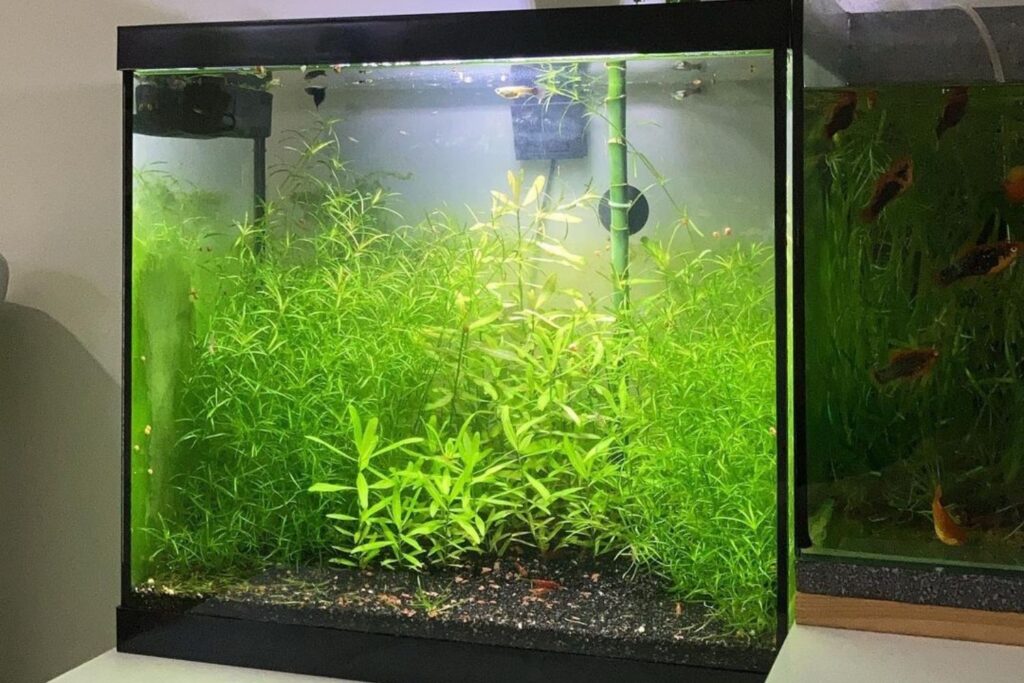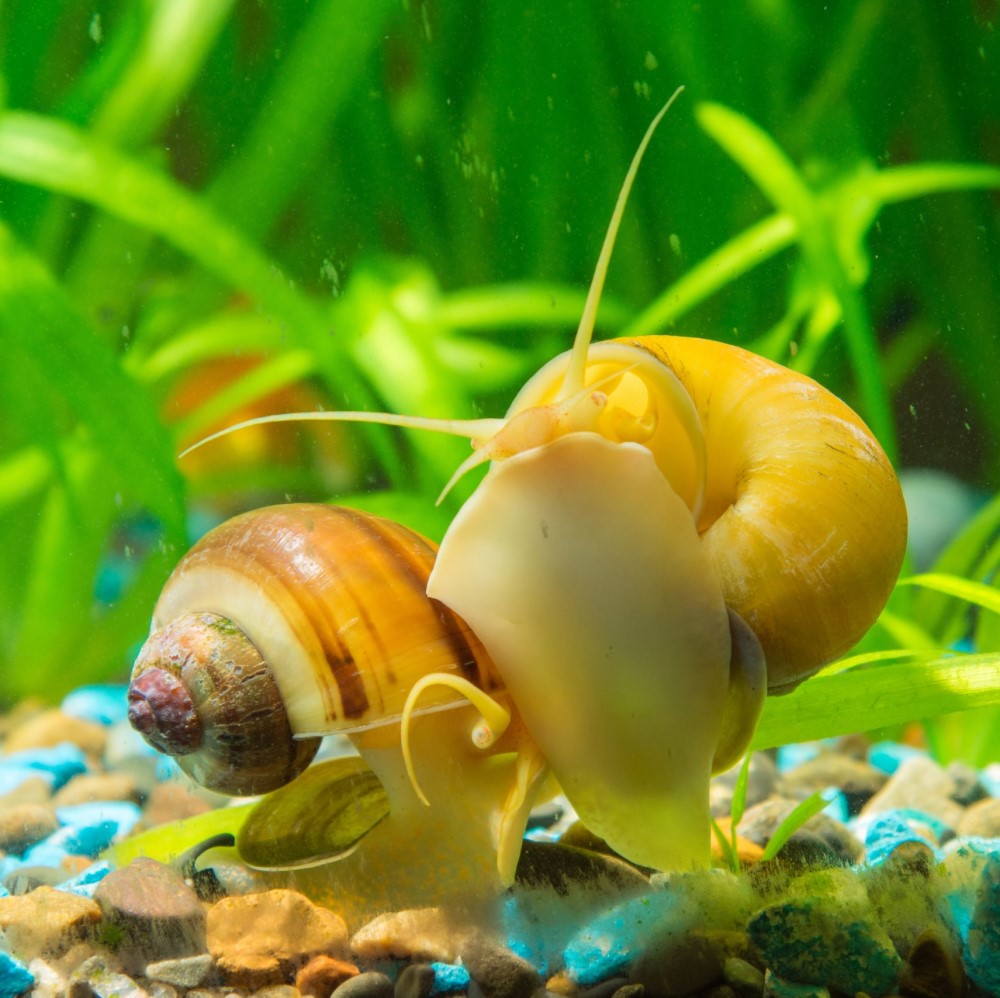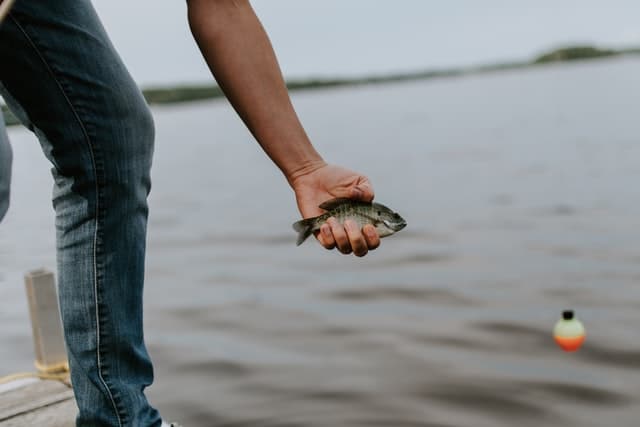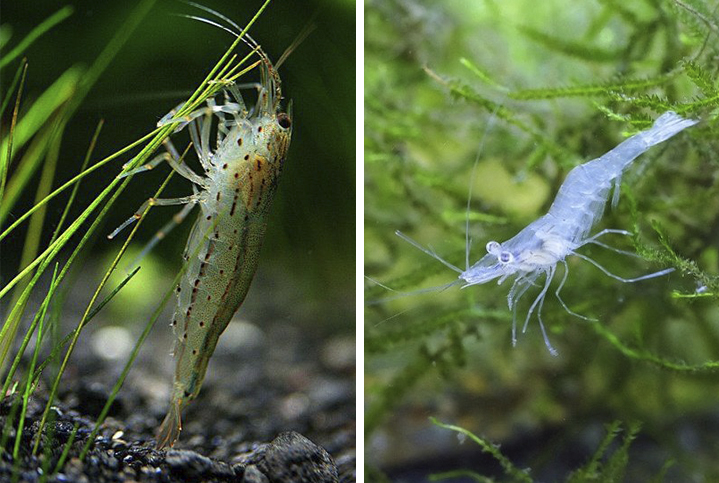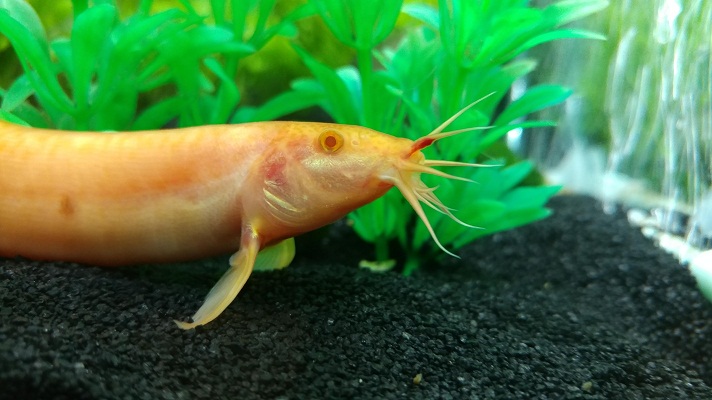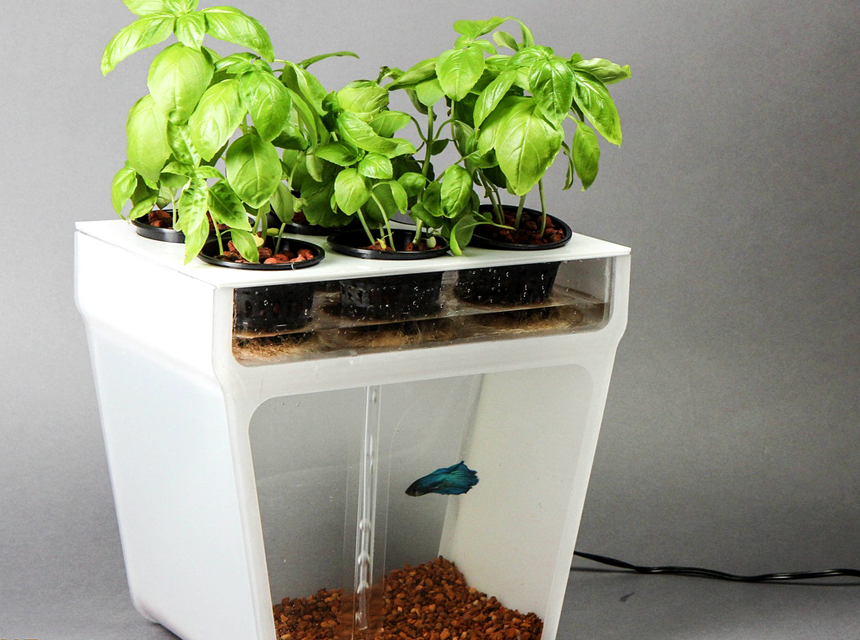

In terms of aesthetics, koi fish are some of the most beautiful freshwater fish available in the market. Additionally, the average Koi can grow to lengths of between 24” – 36”. As such, most people with decorative ponds also keep Koi. However, for those with aquariums but without resources for a pond, the question, “can koi fish live in a tank,” is bound to come up sooner or later. The good news is they can. However, the processes for introducing them to the tank, taking care of them, and feeding them are different from most other aquarium-compatible fish.
Below is everything you need to know about a koi fish aquarium setup. Consequently, anybody wondering whether koi fish can live in a 10-gallon tank should have this and all their other questions on the topic answered.
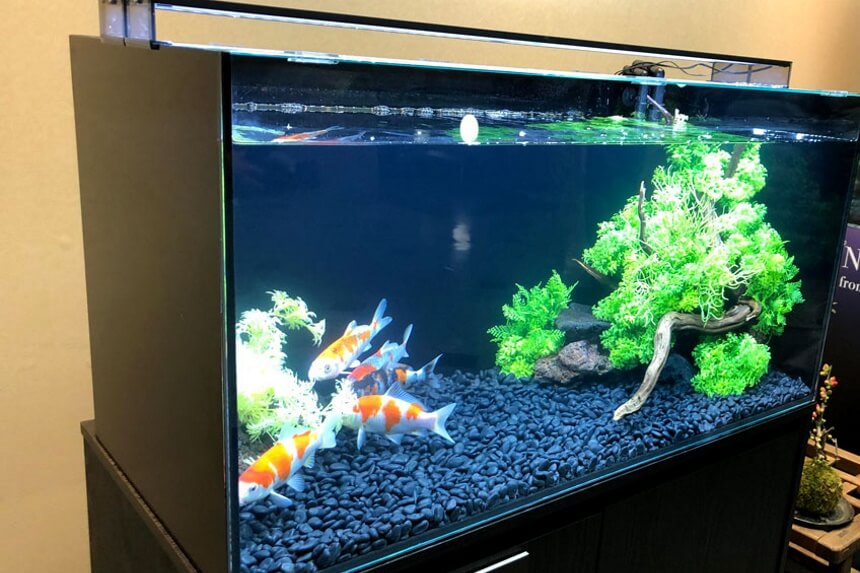
Nevertheless, there are limits to how many Koi you can keep depending on the tank size and the size of the fish when you buy them. For instance, you should keep a maximum of six Koi in a 15-20 gallon tank if the fish are between 4” and 6” in size. Once they grow to between 6” and 8”, you might have to reduce this number by half.
Similarly, a 40-gallon tank can handle close to 15 koi in the 4”-6” size range. If you have such an aquarium, reviewers recommend the Natural Waterscapes Live Koi Mix, consisting of 10 3”-5” Koi in various colors and patterns. The set may also include both single color and multi-color Koi.
| 4-6 in long koi quantity | 6-8 in koi quantity | Aquarium size |
| 6 | 3 | 15 or 20 gal |
| 15 | 7 | 40+ gal |
Regulating temperature is also an integral part of maintaining a koi fish population in your aquarium. Between 65° and 75°F is the ideal temperature range for the fish. As such, a heater for your fish tank should come in handy. Additionally, you want precise control over the temperature range, so an aquarium heater controller may also be necessary.
Any sudden temperature changes are bad for the fish so try to minimize fluctuations. Also, the fish are cold-blooded. As such, if you let the temperatures in the aquarium get too low, the fish’s metabolism will slow down. Consequently, the fish will start to seem sluggish, lethargic and may spend most of their time floating at the bottom of the fish tank.
However, if you maintain the water in the tank at the 65° to 75°F level, the fish will remain lively.
Koi are typically freshwater fish, so using freshwater in your aquarium should be ideal. Additionally, this water should be kept in the 6.5-8.5 pH range if you want your fish to remain healthy.
That said, adding salt to the tank could also prove beneficial, especially if the fish are sick, as it increases the fish’s natural resistance to disease. Additionally, it helps with osmoregulation when the fish are stressed or ill and even eliminates freshwater bacteria and parasites.
Also, you should be careful about the amount and type of salt you use. Any more than 0.6% of non-iodized salt is potentially dangerous for the fish.
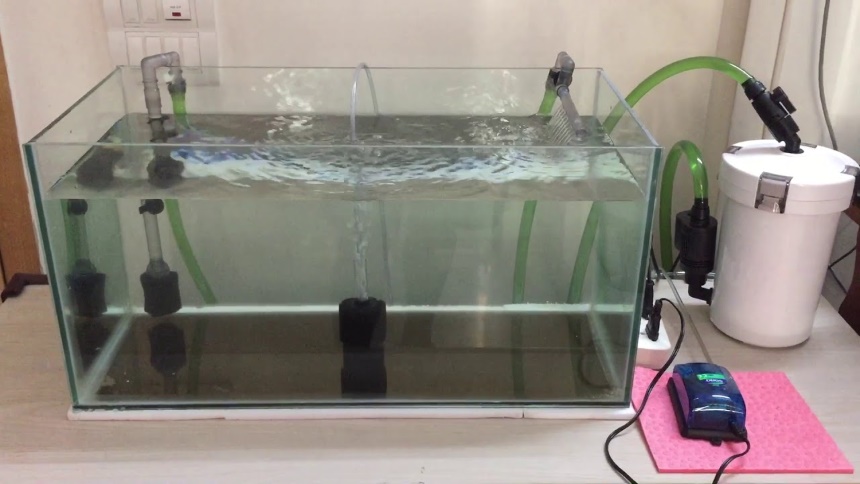
Koi prefer fast currents and a powerful filter is one way to provide them with that. Something like a canister filter that cycles through a lot of water per hour should be ideal. Also, don’t forget the mechanical, biological, and chemical filtration components.
If your current biological filter media can’t keep up with the ammonia levels, other koi keepers recommend the Aquascape Liquid Beneficial Bacteria pack, which contains eight strains of beneficial bacteria. Also, one pump of the same can help treat 100 gallons of water.
Lastly, if your filtration system is effective, you won’t have to conduct as many water changes, and the fish are generally less stressed.
A few decorations to complement the aesthetic attributes of the fish are not a bad idea either. Also, as shown below, they might have a few extra practical functions as well.
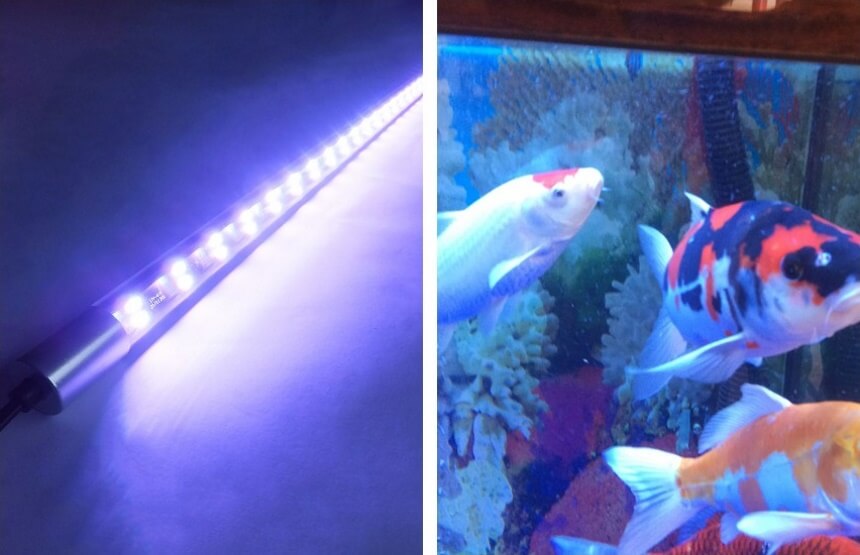
A canopy is another excellent inclusion. Given their size, koi fish generally splash a lot of water. As such, a cover helps keep the water from getting on your carpet and other installations in the room. Also, the fish can jump relatively high, and you may find yours’ on the floor if you leave the tank without a cover.
Next, look into getting some live plants and bottom covers as well. Remember, you want the fish to feel like they’re outside in the wild or in a pond. Live plants and a substrate such as sand or gravel are excellent ways to do that.
However, you shouldn’t add too many floating plants as they will block out the light and make the fish less visible. Also, according to the Smithsonian National Zoo & Biology Institute Trusted Source Japanese koi | Smithsonian's National Zoo Koi fish are colorful, ornamental versions of the common carp. Modern Japanese koi are believed to date back to early 19th-century Japan where wild, colorful carp were caught, kept and bred by rice farmers. The word “koi” comes from the Japanese word for “carp.” nationalzoo.si.edu , koi fish are omnivores meaning they might mistake the plants for food.
A clean environment is also a prerequisite to the wellbeing of the fish, meaning you’ll occasionally have to clean the tank. Here are some guidelines on how to pull it off.
Ideally, you should have various cleaning supplies, including a net, algae scrapers, and a bottom cleaner. The algae scrapers are necessary since algae attaches to the fish tank and may be challenging to remove without specialized tools. After scraping, you can scoop up the algae alongside other floating contaminants from the rest of the tank using your net.
Lastly, you need a bottom cleaner. When koi fish are hungry, they dig around in the substrate for any food present. This will result in cloudy water if there is any waste in the substrate. The bottom cleaner can help prevent this by clearing out any food and solid waste left.
For Koi to live comfortably in the fish tank, you’ll need to clean it once every 2-4 weeks. If the fish are sick, this frequency may be bumped up a bit, but you also want to avoid eliminating the beneficial bacteria as you do so.
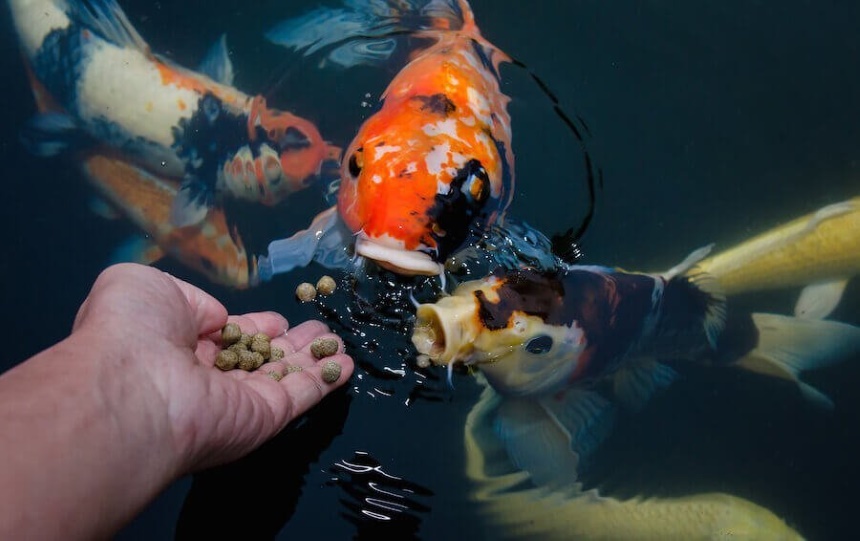
Additionally, feeding the fish just enough food for them to finish in less than five minutes is ideal. Also, you want to feed them only once a day. If you give them more food, they will excrete more waste, introducing vast amounts of ammonia into the water.
Also worth noting is that if there aren’t enough bacteria to neutralize the ammonia in the water, it could spell health issues for the Koi and even death. As such, if you feed the fish and after ten minutes there are still some left-overs on the substrate, you should scoop them out of the water.
Introducing Koi to the tank follows the same processes as most other aquarium fish. First, ensure the water is dechlorinated, so it doesn’t kill the fish. You might also want to rinse the entire aquarium if there are no other fish. If there are, a routine clean-up should work, but you also want to check the water quality and pH levels beforehand.
You can also set the aquarium temperature earlier, so by the time the fish are introduced, it will be easier to get used to the new environment. That said, you don’t just empty a bag of koi fish into the aquarium. Instead, you keep the bag and its contents in the fish tank and wait for the fish to acclimate. After that, you can open the bag and release the fish.
Koi fish generally have long life spans and might even outlive you. Most can live for up to 50 years. That said, according to Republic World Trusted Source Japan's Oldest Koi Fish Lived for 226 Years: Read details A Japanese fish called Hanako is believed to be the longest-living koi fish ever found. Hanako’s last owner shared its story in an interview in the year 1966. www.republicworld.com , the oldest koi fish ever recorded lived for more than 200 years, from 1751 to around 1977.
Most people prefer keeping Koi in a pond due to their size. As mentioned above, some of these fish can grow up to 4 ft long if they’re healthy and well-fed. This is also why the question, “Can koi fish live in a tank?” is so common. However, it seems koi fish adapt to their environment, and if you get them when they’re small, there shouldn’t be any problems fitting them in your fish tank. That said, they do need special care, and you should be well informed about the requirements given above before you decide to keep them.
